Global rewards marketplace
Reward™
Covering ~190 countries, we deliver locally-relevant rewards to employees through the largest in-country fulfillment network in the world – no markups and free shipping.
Learn more about Reward
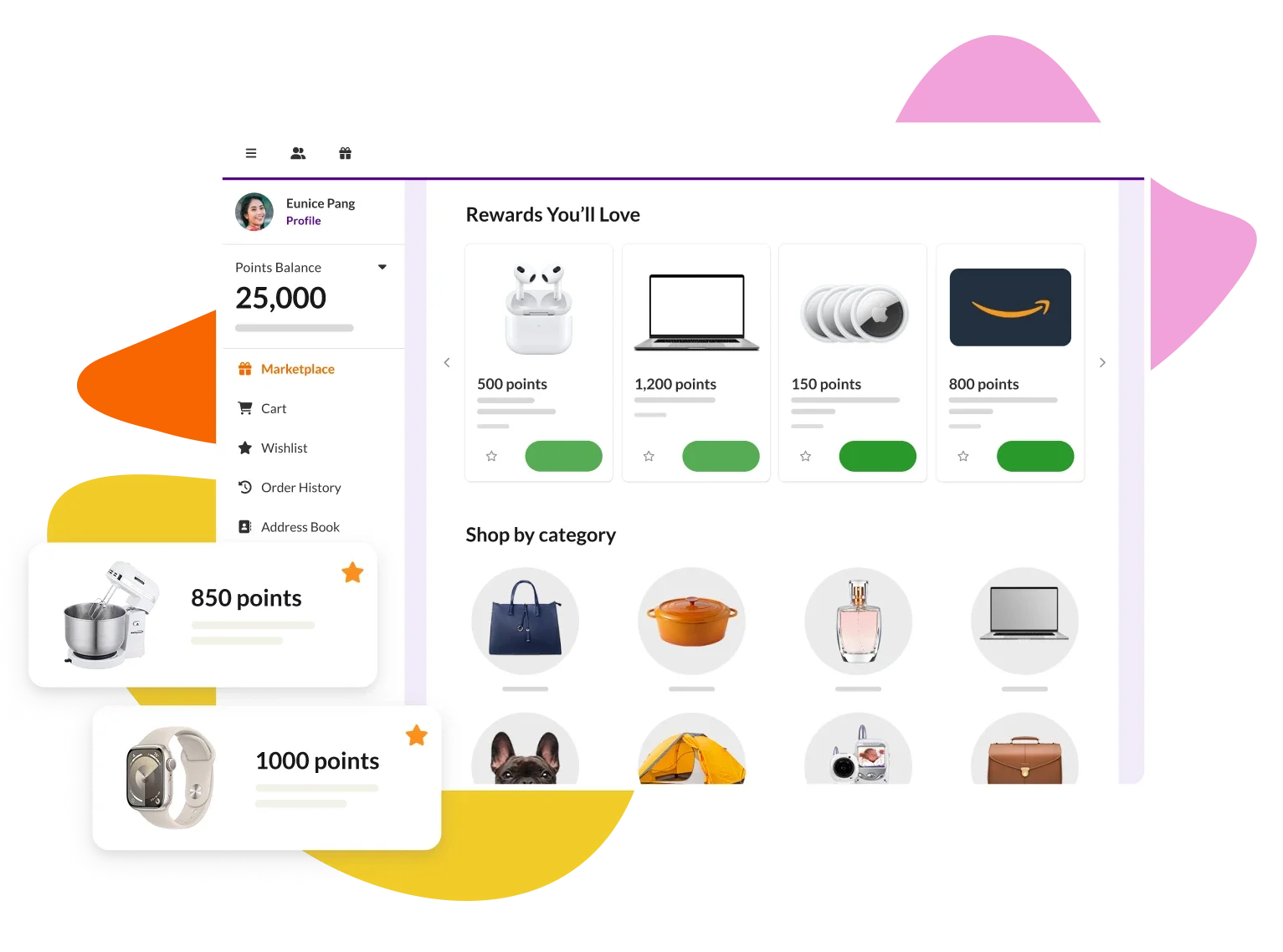
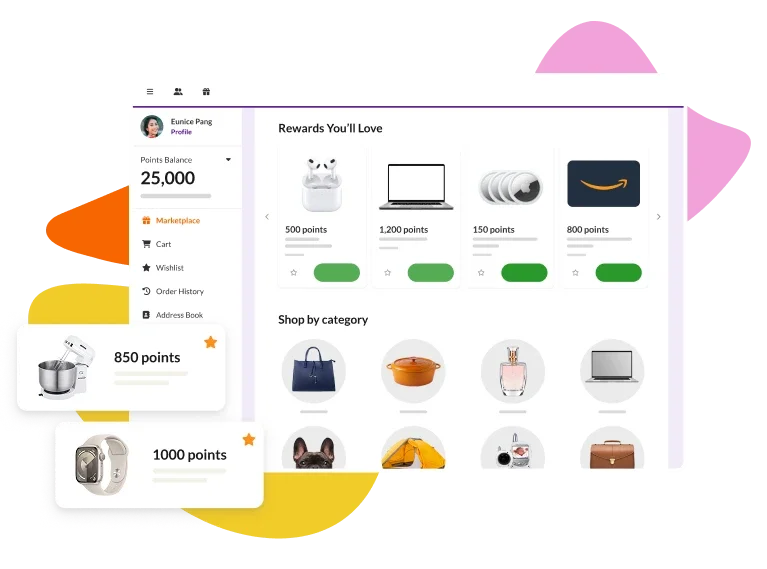
Why most rewards programs fall short
High markups and shipping fees
When employees get less value for their points, rewards feel less meaningful.
Limited and generic options
Employees face uninspiring choices due to a limited catalog that lacks variety and fails to reflect local preferences.
Inconsistent global experience
Employees in different countries feel undervalued with fewer reward options, higher shipping costs, and longer delivery times.
Get more for your dollar with meaningful rewards
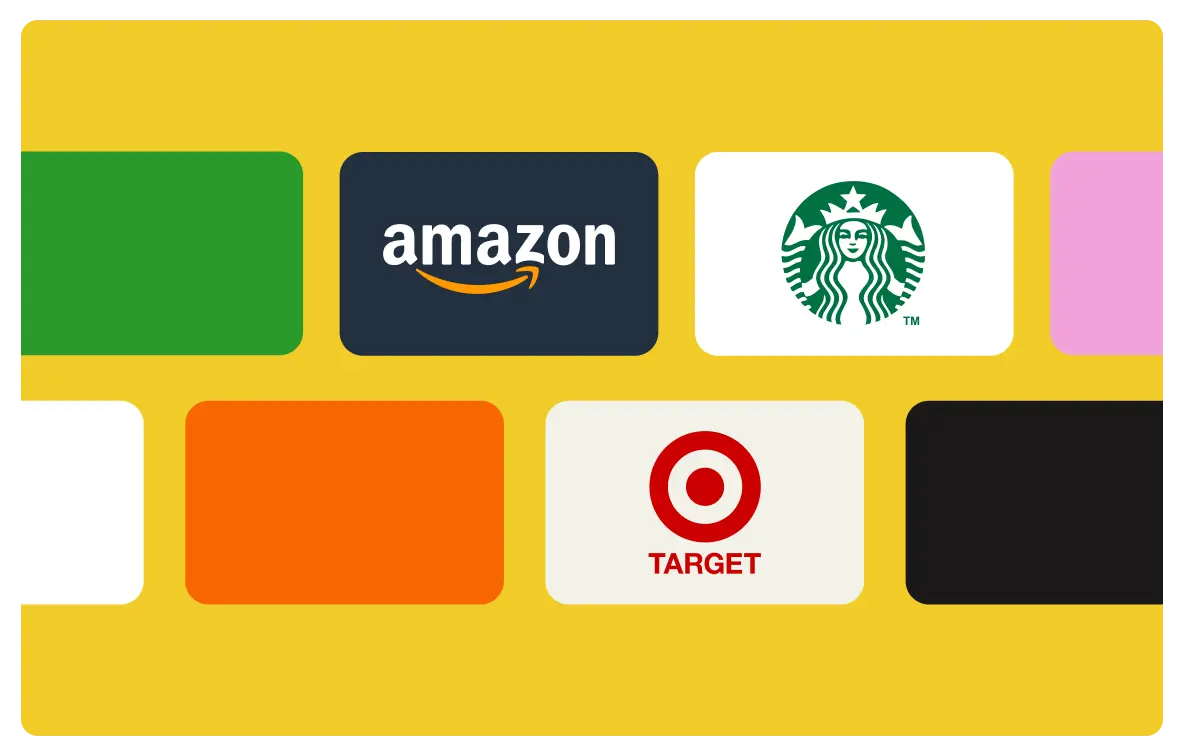
Gift cards
With 25,000+ gift card options available worldwide, empower employees with the freedom to choose what matters most to them.
Physical and digital options
Custom amounts on eGifts
Flexible options, starting under $5
Dining, shopping, wellness, and more
Reloadable cash rewards
Convert points into global currencies with Revolut —
a reloadable digital cash card with multi-currency accounts, and instant currency exchange.
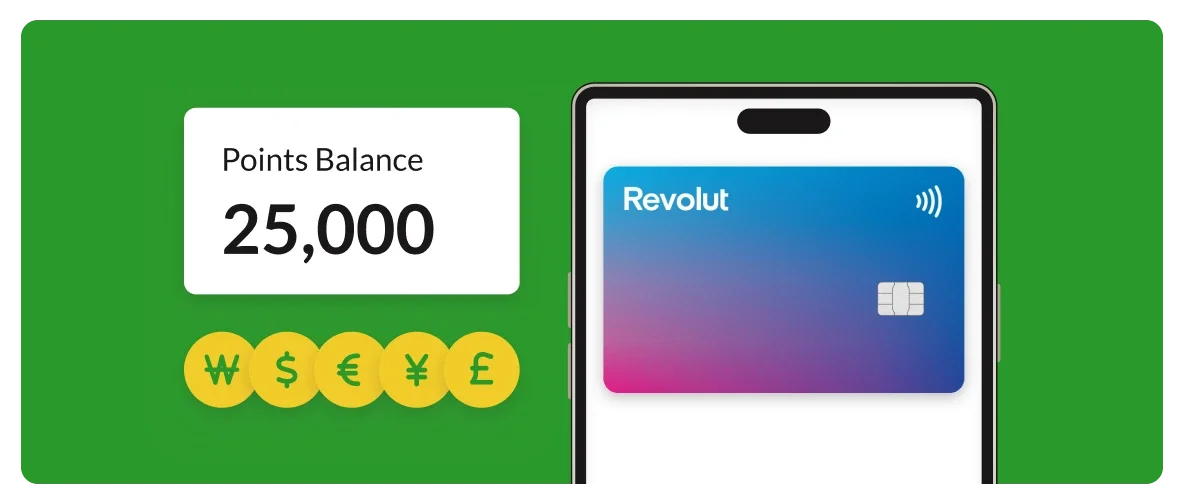
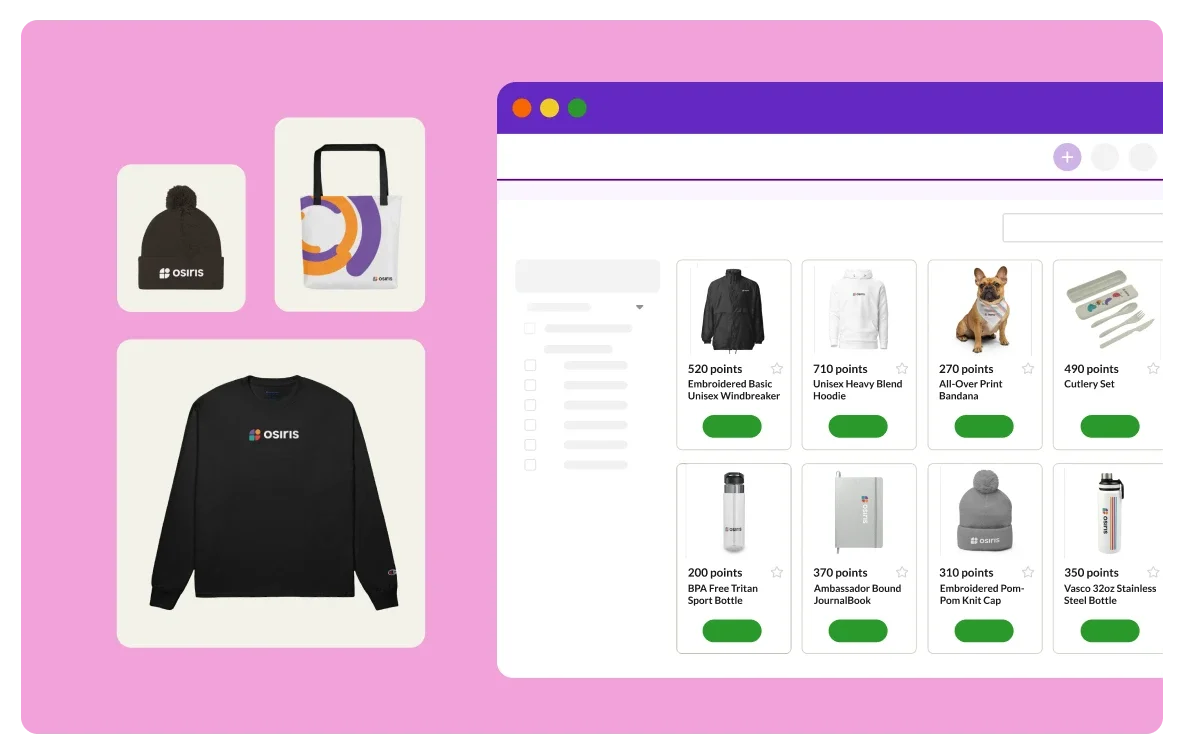
Branded swag
Foster belonging and company pride with globally available branded swag for any occasion – onboarding, big one-time events, and more – complete with 24/7 in-house support.
Global delivery, no extra fees
Automated onboarding swag
Personalize with unique
member details
Print-on-demand and bulk orders

Concierge Only at Achievers
Give employees access to rewards beyond the catalog – engagement rings, car payments, home renos – with our experts delivering unique items worldwide.

Charitable donations
Employees can support causes that matter most to them with access to 2M+ charities worldwide – making a real difference.
All of our products,
one platform
Platform
See why our platform drives 2x more engagement than any other.
Recognize
Flexible recognitions
Nomination-based awards
Reward
Global rewards marketplace
Branded swag store
Celebrate
Years of service
Employee milestones
How Reward™ benefits your people
Employees
Drive higher engagement with a vast, locally relevant marketplace that excites your employees.
Managers
Meaningful rewards spark employees to perform at their best, fostering belonging and increasing loyalty.
Admins
Tailor rewards catalog to your needs, track trends, and optimize your R&R strategy with data insights.
“Achievers focuses on…creating a positive work experience which goes beyond recognition and rewards”
Lauren Brittingham
Director, Organizational Development, Bayhealth
Personalized demo
Ready for a demo?
We’ll show you how our platform can drive the results you care about.


